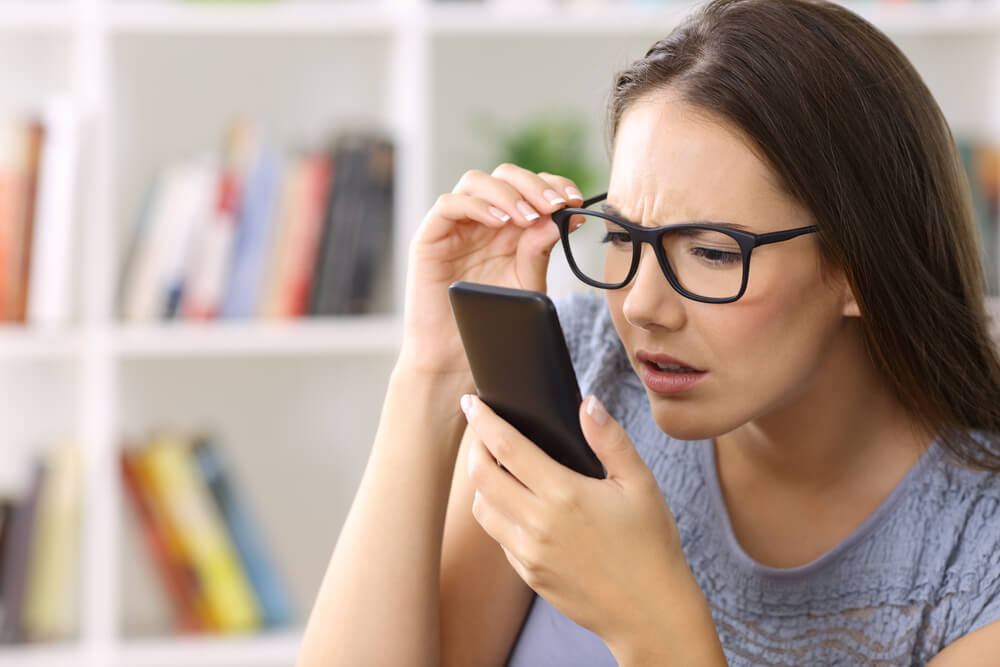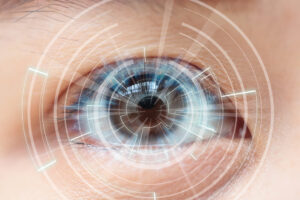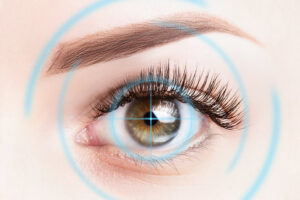
Each year, 50,000 Americans go blind; nearly half from eye diseases that are treatable or preventable. The number of Americans who are blind or visually impaired is expected to double by 2050, according to the National Alliance for Eye and Vision Research. Most of it will be driven by an aging population and the growing number of people with chronic conditions that cause vision loss, particularly diabetes.
Expert Medical Advice and Personal Action Can Prevent Vision Loss
Doctors, particularly ophthalmologists and even optometrists need to step up their game in helping curb the epidemic of loss of vision, beginning with sharpening their diagnostic skills. A 2016 study published in JAMA Ophthalmology found that ophthalmologists missed age-related macular degeneration (AMD) in 25% of eyes examined. AMD is an irreversible loss of vision that affects 14 million Americans.
In the meantime, only half of the estimated 61 million Americans at high risk for vision loss have annual exams. Part of this challenge, according to a 2016 report from the National Academies of Sciences, Engineering and Medicine is because insurance doesn’t always cover preventive eye care and glasses.
Plus, many eye diseases don’t show symptoms in the early stages, so people don’t realize they have a problem until they have a reason to get an eye exam. For example, glaucoma is caused by increased pressure in the eye that may take years before a patient notices vision loss.
It’s not like patients are blasé about blindness. In 2017, the Wilmer Eye Institute at Johns Hopkins University asked 2,044 Americans to name the ailment they fear most. Loss of eyesight was the top response!
Patient medical histories provide a lot of clues about specific risks for vision loss. A personal or family history of diabetes increases the risk of glaucoma and eye diseases.
Physicians should assess if a patient should be tested for diabetes, and review diabetes control with patients who report it. In addition, just about all patients have an older family member who has had cataract surgery, but probably aren’t aware of the connection between ultraviolet rays and cataracts. Explain this connection and educate them about which sunglasses provide UV protection and which ones don’t.
Ask if patients suffer from dry eye and offer solutions, including reducing screen time and adding omega-3 fish oil supplements to the diet.
Finally, many patients resist a dilated eye exam, particularly if it isn’t covered by their insurance. Explain how it detects problems early, before symptoms arise, and reduce the chance a patient will suffer the loss of vision.

Patients can take a few moderate behavioral changes to boost eye health for themselves and their families:
- Adjust the sleep position. Some studies show that habitually sleeping on one side can cause greater pressure and worsening vision loss in the eye facing downward.
- A diet high in Vitamin C can reduce the risk for cataracts by one-third. British researchers believe Vitamin C from foods like oranges, red peppers, strawberries, and broccoli helps prevent the clouding of the lens that causes cataracts. (Supplements do not appear to provide these benefits.)
- Eating dark, leafy greens like spinach and kale can reduce glaucoma risk by about 20% according to recent research.
- Send your kids to play outside. Not only is it better for their overall health, but it also takes them away from screens. Researchers at the University of Cambridge report that for every hour children play outside in natural light with far-away horizons, they cut their risk of near-sightedness by two percent.
-
- Another study found that children ages 7 to 12 who spend more than three hours a day looking at a smartphone develop dry eye.
Patients who are already diagnosed with glaucoma need to take medications faithfully and follow their doctor’s’ instructions. In addition, they should embrace moderate exercise: a brisk walk for 20 minutes four times a week can lower the pressure inside the eye, which helps protect the retina, according to the Glaucoma Research Foundation.
Good News For Patients With Eye Diseases
Disease treatment can be difficult for patients. Following a daily regimen for years is challenging for many. Glaucoma patients who run out of their prescription eye drops, for example, may not have sufficient insurance and funds to pay for additional drops.
New treatments and cutting-edge research in treating eye disease will hopefully provide solutions to the question “how to prevent vision loss?”
In 2016, the FDA approved the Argus II “bionic eye” which is actually a bionic retinal implant that electrically stimulates the retina to induce visual perception in blind individuals with severe to profound retinitis pigmentosa. It uses a tiny camera attached to glasses that sends visual data to a microchip implanted in the eye, which then sends light signals to the brain. While it provides rudimentary vision, patients say even some vision can greatly improve the quality of life for a blind person.
It is now being tested in people with macular degeneration.
The Glaucoma Research Foundation is testing the Bimatoprost ring, a thin, 1-mm thick polymer ring worn in the eye that slowly releases medication throughout the day. “It’s like drip irrigation, rather than flooding the eye,” says board chair Dr. Andrew Iwach. As for comfort, most patients in the trial have said they stopped noticing it after a few days.
Using stem cells to regenerate healthy cells in disease-damaged eyes is the holy grail for researchers, particularly for incurable conditions that damage the retina, the layer of light-sensitive cells at the back of the eye.
In 2017, a Japanese man became the first person to receive retinal stem cells created from donated skin cells, to prevent his macular degeneration from getting worse. And in 2018, two British patients who received stem cell retinal patches created at the University of California, Santa Barbara, regained some of their vision.
Too many Americans skimp on eye health, even as they fear blindness more than any other disability. Doctors, ophthalmologists, and optometrists need to create strategies to encourage patients to have yearly eye exams, including dilation exams and take the lead to address the lack of access that bar too many American patients from getting preventive eye care. One of our clinics where you can examine your eye health is Atlanta GA Eye Surgery Center. We also have clinics in Manhattan NY, Paramus NJ, Garden City NY, Westport CT, Poughkeepsie NY, New Paltz NY, Mastic NY, and Bedminster NJ.
Contact Us
If you have more questions about LASIK procedures, get in touch with us.
Related Blogs

Timing is Everything: When to Consider LASIK After Nursing for Optimal Results
Timing is everything when considering LASIK eye surgery after nursing, and understanding the optimal period for this procedure is vital for both mother and baby.

Cataract Surgery: Restoring Clarity and Confidence
Cataract surgery is a transformative procedure that offers a new lease on clear vision and renewed confidence. As cataracts cloud the eye’s lens, causing blurred

Intralase LASIK Explained: What to Expect Before, During, and After the Procedure
Intralase LASIK is a cutting-edge procedure that offers a safe, effective, and precise way to enhance vision compared to traditional LASIK methods. Understanding what to
